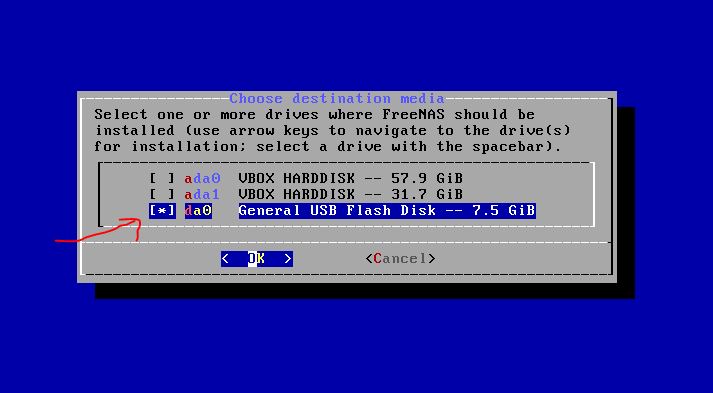

The compressed file is only about 125MB in size but uncompressed it jumps up to 2GB so make sure to extract it to a location with enough space. I recommend using 7-Zip to extract the file, it’s free and works well. Extract the image file from the archive.īefore the image file can be loaded on a USB drive it must be decompressed to your hard drive. Select the version, and architecture you intend to install from the download page then download the img.xz file. Instead of download the ISO file you need to download the IMG file instead. Download the compressed FreeNAS image file. This problem usually only affects cheaper drives from shady manufactures, as long as you have a drive from a reputable manufacture you shouldn’t run into this issue.ġ. FreeNAS uses dual 1GB partitions so a true 2GB USB drive will hold the image just fine. My spare 2GB drive wouldn’t hold the image so I used a 4GB drive instead. The advertised capacity of a thumbdrive isn’t always equal to its actual capacity. This method requires no ISOs or blank CDs, all you need is a copy of the FreeNAS image and a USB flash drive that is 2GB or larger.

FreeNAS must have it’s own dedicated drive, it cannot reside on drives that will be part of a storage volume in the NAS. I like to run FreeNAS directly from USB because it saves me from wasting a hard drive bay just for the operating system. After imaging the drive you can plug it into the computer, set the bios to boot from the drive, and watch FreeNAS boot directly from USB. The quickest and easiest way to get a FreeNAS server running is to write the image directly to a USB drive.


 0 kommentar(er)
0 kommentar(er)
